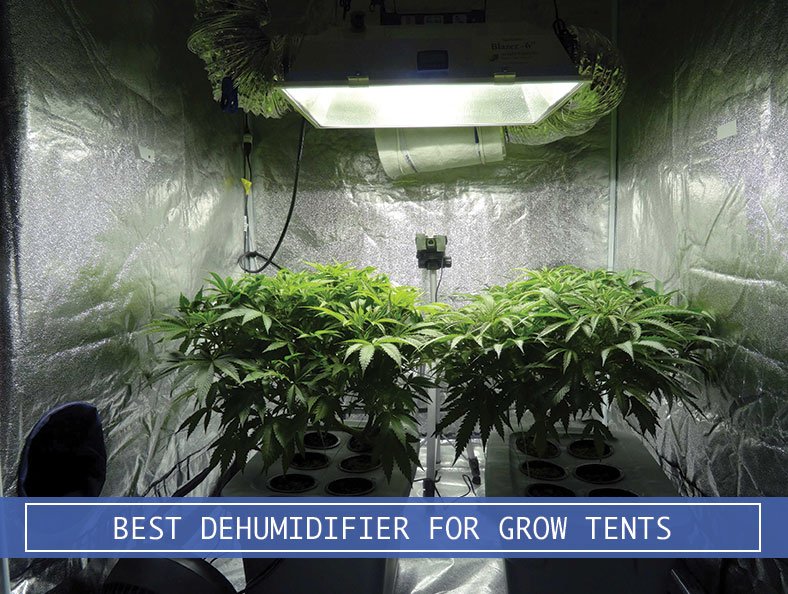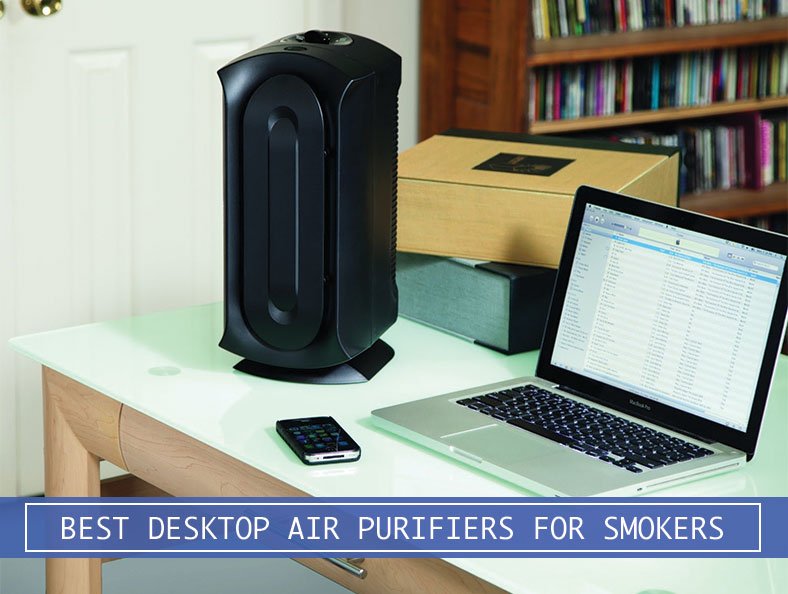
Growing cannabis needs a lot of attention, and the one thing that is commonly overlooked is the humidity in the grow tent. You’ll need to control this to keep your plant happy and help prevent mold/mildew.
Fortunately, you won’t need to do too much. In fact, in this article, we’ll provide you information the importance of humidity and help you on what you can do to maintain the correct humidity in your grow tent for your plants to perform its best.
If you don’t want to read about dehumidifiers for grow rooms, then you can watch the video that we think is very informative at the end of this article.
| Product Image | Name | Specs | |
|---|---|---|---|
 | Best Selling Frigidaire 70-Pint | - 70 Pint - 24hr on/off timer - Energy Star Certified - Dimension: 11.6" x 15" x 24.4" |  |
 | Best Value hOmeLabs 70-Pint | - 70 Pint - Energy Star Certified - Dimension: 15.4" x 11" x 24.3" |  |
 | Best with Build-in Pump Frigidaire 70-Pint with Built-in Pump | - 70 Pint - Energy Star Certified - Built-in Pump for continuous draining - Dimension: 11.6" x 15" x 24.4" |  |
What is humidity and why does it matter?
Let us start with the definition of the humidity: it is the amount (measured in percentage) of water vapor that is in the air. And when we talk about humidity, we usually speak of relative humidity (or RH). Something to note: humidity and temperature are related to each other. What does this mean? If the air in your grow room increases in temperature, it can hold more water vapor.
Here’s an example: warm air holds more water vapor than cold air. If your room starts to rise in temperature, you’ll need to find a way to cool it because you’ll have an increase in water vapor.
Why does a dehumidifier matter for my plants?
In every stage of your cannabis growth, your plants will be constantly require water. The amount of water your plants intake will fluctuate based on the humidity in your grow room. When humidity level rises, cannabis plants will absorb the moisture in the air from their leaves through, meaning they will take in less water from roots. Conversely, if humidity levels are low, they’ll suck in more water through their roots.
If you’re able to control the humidity level, you’re able to control your plant’s nutrient intake.
One your plants start making buds, in the flowering period, and is close to harvest, you can enhance the production of resin if you’re able to manipulate the humidity of your grow room. The resin is the trichomes/glitter which contain THC and other cannabinoids.
High humidity can sometimes cause mold or bud rot, which I believe is your worst enemy that you want to avoid.
Effects on cannabis plants of poor humidity management
If you neglect controlling your humidity levels for your grow area, there can be some bad results that you may not want. We’re not trying to scare you, but we do just want to mention what can happen in result of poor humidity management:
- White Powdery Mildew – a fungal disease that will show on high humidity environments.
- Bud Mold or Rot – Definitely bad, and is 100% unusable and should be thrown away.
- Nutrient Problems – Depending on your humidity levels, your plants will either have too much nutrients, which can cause problems too, or too little nutrients, where it’ll hurt their growth.
- Slowed Growth – Cannabis plants love high humidity levels when young, but low humidity levels when mature.
What is the optimal humidity levels for my plants?
So now you’ve got a sense of how important keeping your humidity levels when growing cannabis, however, you may not know what levels are the most optimal. Lucky for you, we’ve done the research and have provided you some levels that you can aim for in each of the major stages of your cannabis life cycle.
-
Clones and Seedling Stage
- Optimal Relative Humidity Level: 70% – 80%.
- The beginning stages of the plants love high humidity levels because the root system hasn’t been established yet.
- Providing high humidity levels will allow water to go through the leaves (since no roots yet).
- Many browsers use a humidity dome for new clones – helps maintain high levels of humidity.
-
Vegetative Stage (end of seedling and beginning of young plants)
- Optimal Relative Humidity Level: 40% – 65% – you’ll probably want to start reducing the humidity levels by 5% each week.
- In this stage, your plants are starting to develop a root system that can start absorbing the water (which contains nutrients your plants need).
- Younger plants can still intake water through leaves – they tend to grow better with high relative humidity.
- Make sure to look out for wet spots on the leaves – this is a sign of high RH.
- Dry air can limit growth and cause issues to the plant’s leaves, make sure the RH doesn’t drop below 25%.
-
Flowering Period
- Optimal Relative Humidity Level: 40% – 50%.
- Anything over 60% is really bad for the plants
- By this stage, your plants will already have a large root system which will intake all the water needs.
- Keeping the humidity will help reduce mold and mildew from forming.
- A dehumidifier will help prevent root rot, a common issue at this stage, it can also increase resin production.
-
Dry Buds, Curing or Late Flowering Period
- Optimal Relative Humidity Level: 45% – 55% – helps from drying, but also prevents it from drying too quickly.
Factors for finding the best dehumidifier for grow tents
A lot of the dehumidifiers can do what you need, control the humidity levels. Some major features and/or factors that you might need to consider:
- The size of the dehumidifier. Depending on the size of your grow tent, you’ll need to find a unit that’ll work for you.
- Noise level. This can be a no-brainer. If you need something less noisy.
- Electronic controls with an automatic humidistat. This will give you an easier control of the humidity levels you want in your grow room.
- Programmable timer. Sometimes you’ll be away for long periods of time, and you’ll need to be able to program when to start up or shut off your dehumidifier.
These are just some of most basic features that we recommend you have on your machine. Of course, there will be additional features that can be useful, but it all depends on your needs and what your setup in your grow tent looks like.
The Frigidaire 70-Pint Dehumidifier or the Frigidaire 50-Pint Energy Star Dehumidifier from Amazon are great examples that can be used for your grow rooms. These are portable units with casters so you can move from room to room. However, if your grow room is really small, and don’t need a size like the 50-pint or 70-pint, take a look our complete list of small room dehumidifiers.






